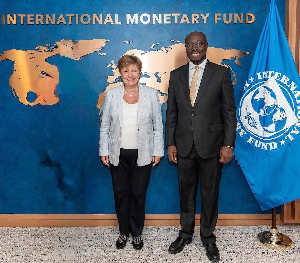A report on the Implementation of the Ghana Shared Growth and Development Agenda (GSGDA), 2010-2013, put together by the National Development Planning Commission (NDPC) in 2012 noted among other indicators that new HIV infections are decreasing.
According to the report, new infections continued to decrease from 12,077 in 2011 to 7,991 in 2012.
In contrast, the total number of persons living with HIV and AIDS in 2012 increased from 217,428 in 2011 to 235,982 in 2012, following a decline from 267,069 in 2009.
In addition, the total annual AIDS deaths continued to decline from 14,330 in 2011 to 11,655 in 2012.
At the regional level, HIV prevalence during the year ranged from 0.9% in the Northern Region to 3.6% in the Eastern Region. The Greater Accra Region recorded a 3.5% prevalence rate to rank second.
HIV prevalence, according to the report, increased in all the Regions with the exception of Central, Ashanti, Brong Ahafo, and Eastern Regions.
The highest prevalence rate was recorded within the age group of 35-39 years (3.3%), followed by the 30-34 age group (3%) and the 25-29 age group (2.8%).
The prevalence rate among young persons aged 15 to 24 years; the report said, which is used as a proxy for new infections, declined from 1.7% in 2011 to 1.3% in 2012.
The median HIV prevalence rate among pregnant women stagnated at 2.1% following marginal increase from 2.0% in 2010.
Health News of Thursday, 24 July 2014
Source: Inform Ghana












